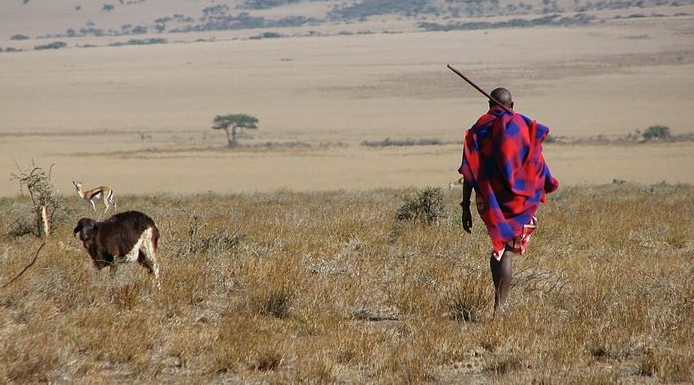Nov. 30 (GIN) – In an alarming new report by the children’s rights agency Unicef, AIDS was called the number one killer of adolescents in Africa and the second leading cause of death among teens globally.
The new data states that most adolescents who die of AIDS-related illnesses acquired HIV when they were babies, 10 to 15 years ago, when it was transmitted during pregnancy, delivery or breastfeeding.
When they became teenagers, there was no diagnosis or no treatment, said Craig McClure, the chief of Unicef’s HIV and AIDS division. “We’ve collectively dropped the ball in the second decade of childhood,” acknowledged McClure.
“(They) somehow slipped out of care in the transition from pediatric to adolescent programming, became sick, and died,” he said.
Dr. Pierre Somse, deputy regional director of the UNAIDS regional support team for Eastern and Southern Africa, said the data on teenagers is a huge setback in the fight against the virus.
“The face of our failure are the children and adolescents,” Somse said. “We are at the intersection of achievement, we have done well… but we are also at the intersection of serious challenges.”
A decade ago, less than 1% of pregnant and breastfeeding women living with HIV received treatment which would have prevented transmission of the virus. Because HIV progresses quickly in infants, testing early and receiving results quickly can be a matter of life and death.
Now three in five mothers are said to receive antiretroviral treatment, according to Unicef.
But despite gains made among adults and babies with HIV, the number of 10-to-19-year-olds dying from AIDS-related diseases has tripled since 2000, UNICEF said, launching the global data at a press conference last week in Johannesburg.
Only a third of the 2.6 million children infected with HIV are on treatment. Untested and untreated, teens may unknowingly spread the virus. Infection rates among those aged 15 to 19 now add up to 26 new infections every hour with girls being 70 percent of those infected.
Mani Djelassem, a 17 year old AIDS activist, spoke at the UN agency’s press conference. As child in Chad, she said, she never knew why she was constantly falling ill. It was only after her mother died that her father told her: she was born with HIV.
“I was infected at birth. What was my fault in this? Is it something I should be ashamed of?” asked the soft spoken teenager. She said no one was talking to teenagers about AIDS so she began speaking out.
According to the data in UNICEF’s Statistical Update on Children, Adolescents and AIDS, less than half of children under 2 months old are tested for HIV. Only 1 in 3 of the 2.6 million children under the age of 15 living with HIV is on treatment.
World AIDS Day has taken place on December 1st every year since 1988. Some of the events planned for this week can be found on Facebook under World AIDS Day 2015.












